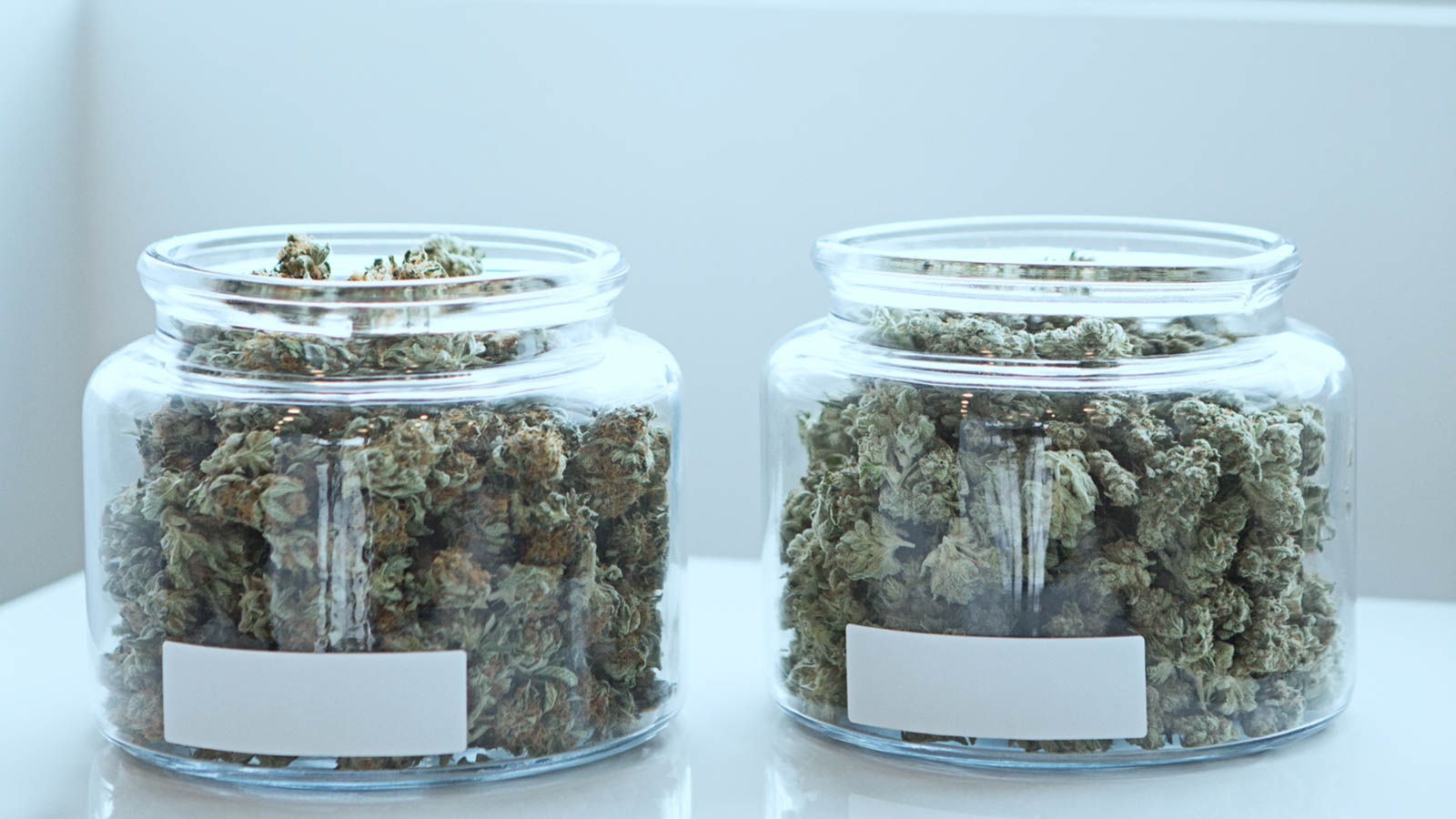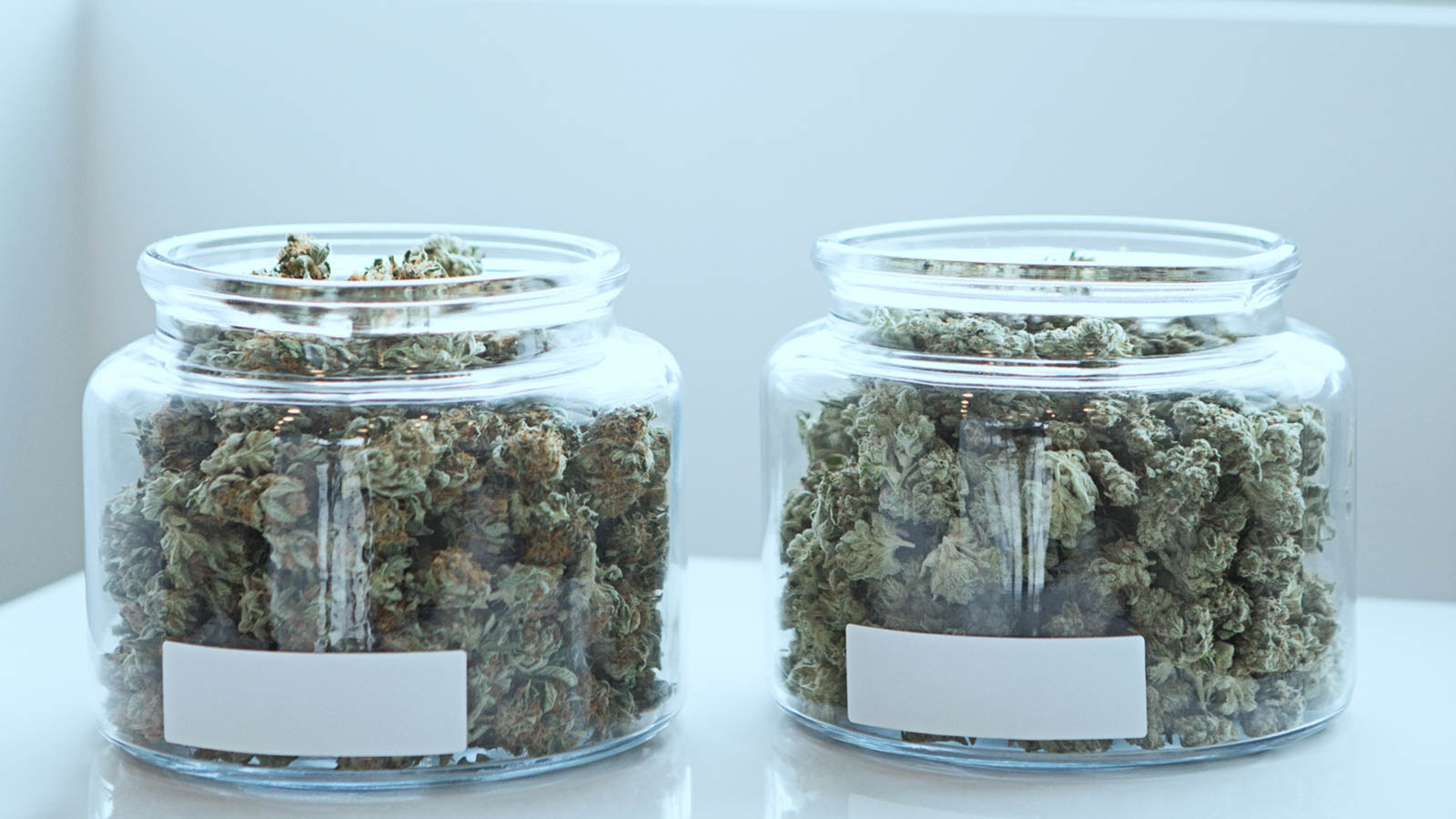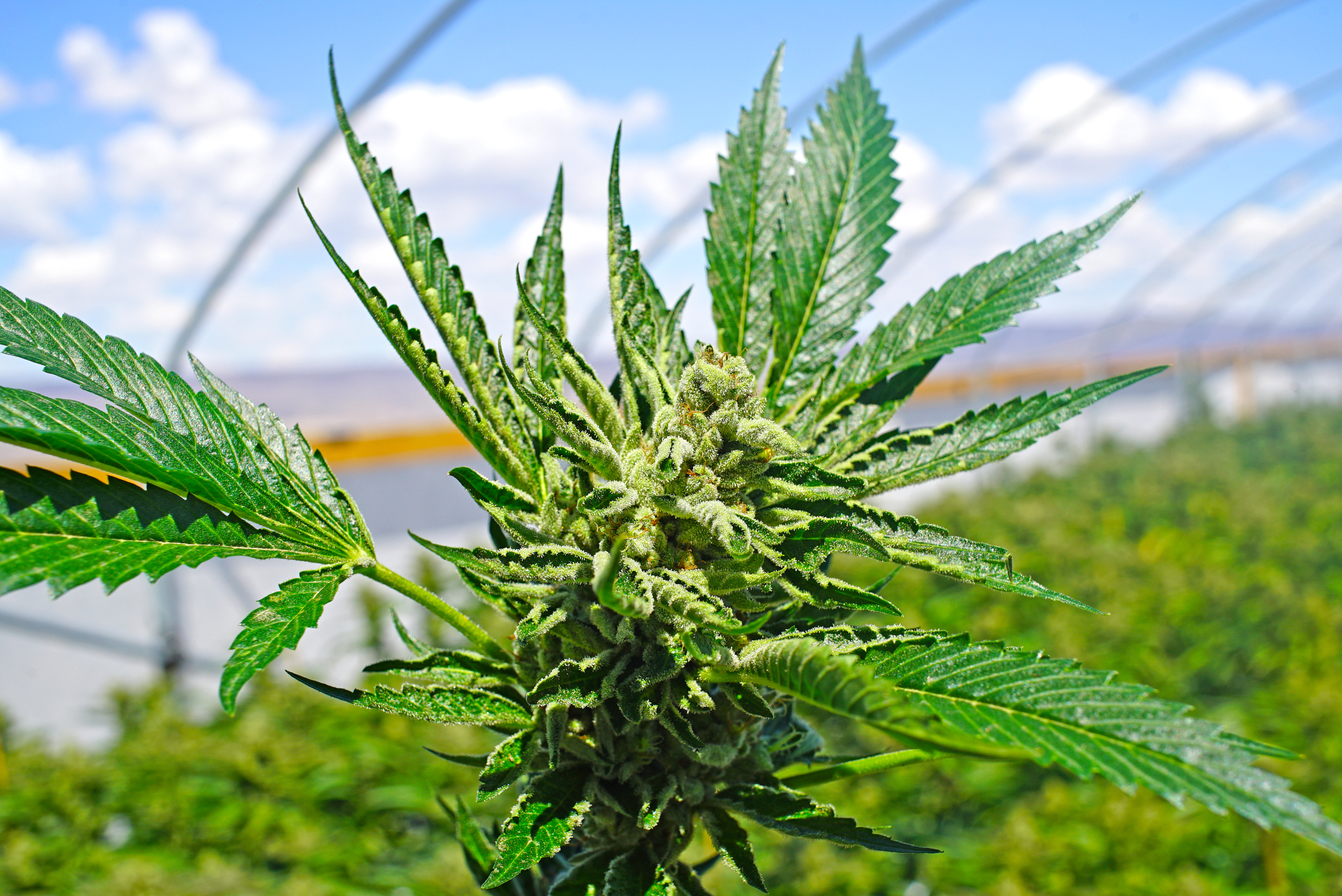
When Tantalus Labs, based in Vancouver, British Columbia, sent its first supply of cannabis to the provincial distributor, it marked every single strain as a “hybrid” strain. After all, none of the strains they were selling was a true sativa, and none was a true indica.
It was the botanically correct answer to the question — and a bit of weed nerd humor, even though the British Columbia Liquor Distribution Board did not find the joke quite as funny.
“They were just like, ‘maybe put some of them in other categories,’ ” said Tantalus Labs CEO Dan Sutton. “We were like, ‘so we’re all acknowledging that this is just bullshit, right?’ Like this doesn’t make any sense. … Any marginally, academically inclined cannabis grower is going to laugh at the notion of indica and sativa classifications.”
This miniature stunt had a point: In the current cannabis landscape, there is no such thing as a true sativa or true indica strain.
This three-part strain system — sativa/indica/hybrid — has been around for almost as long as the cannabis market itself. For many decades, it has provided a loose framework for categorizing strains by effect: sativa for uplifting effects, indica for sedating effects, and hybrid for everything else.
“Indica or Sativa?” is a question that has established firm roots in weed culture, too.
Whats best for tournament indica sativa or hybrid
— Awestin (@AwestinAirDodge) May 12, 2019
sativa > indica
— rare. (@rarri) May 14, 2019
Do u think groot is sativa or indica?
— Val 🖤 (@VdDaney) May 14, 2019
When cannabis grows in the wild, sativa and indica can be accurate categorizations, but since growers started chopping and splicing the plant’s genetics in search of the next hit strain, the pure, or landrace, strains have nearly disappeared. Essentially, everything is a hybrid now.
There is now a growing awareness that those categorizations rest on an outdated understanding of the plant’s genetics and aren’t likely to determine how cannabis actually works when you consume it. If you want to try to predict what effects a strain will produce, the plant’s terpenes are a better indicator, but terpene profiles aren’t necessarily related to whether the plant grows like a sativa (tall and slender) or like an indica (short and bushy).
But these categorizations have proven hard to shake. Decades of familiarity with sativa/indica/hybrid has left producers, retailers, and weed nerds in a difficult position, where they feel forced to use these categorizations despite knowing that they come with built-in inaccuracies.
Many see a future where cannabis is categorized in a more accurate way for consumers — but what will take its place?
Expectations Vs. Reality
When the team at Spiritleaf, a Canadian private cannabis retail chain, was getting ready to open its doors on Oct. 17, 2019, they were hoping that they would be able to categorize their products in a way that didn’t put indica and sativa front and center.
“There was so much information out in the media, and such education, so all signs pointed towards backing away from sativa versus indica, and warming up to these ideas that there’s very specific chemical compositions within the plant, and that those should be taken as the director of how the plant is going to make you feel,” said Nathan Noble, Vice President of Retail for Spiritleaf.
Instead, when customers started coming into the store, that turned out to be the opposite. “We quickly realized that [consumers] still had this relationship, and they really wanted to latch on to sativa versus indica. Wanting to make an easy shopping experience, we kind of defaulted back to those categorization,” Noble said. “I think we had this really interesting expectation versus reality moment when Oct. 17 rolled around.”
What Spiritleaf ran up against was a problem that’s far larger than the cannabis industry, one of a philosophical character: Are words rigidly defined, or is the meaning of a word its use? Consider this: When someone asks for an indica, does the strain really need to be a pure indica, or does it just need to act like one?
The habit of ascribing effects to marijuana’s species indica and sativa is proving too hard to shake. (Photo by Thought Catalog/Unsplash)
“What we’ve known for a while is that really, the only thing that indica and sativa tell you for sure is the size of the plant and what the plant looks like,” said Alex Revich, Director of Partner Development and Education with Flowr, who has carved out a speaking niche for himself as sort of a cannabis mythbuster. Beyond that, he said, researchers don’t have a reliable way to predict marijuana’s effects on someone. When he’s leading retail staff training sessions, he says that indica and sativa are necessary things to teach, accurate or not.
“You still have to work with it, because that’s how people understand it,” he said. “It’s way too complex a place to start if someone comes in and says ‘Hey, I’d like an indica,’ to start explaining to them that actually no, you don’t like indica, indica’s bullshit. You know, that’s just a much bigger conversation.”
One of the things that makes cannabis a difficult product to market is that its effects can be so varied. The same strain that makes one consumer want to dance makes someone else want to zone out on the couch. Even if granted that sativa and indica serve a way to talk about how a person was affected by a cannabis strain, that experience is still heavily dependent on the person using it.
No Better Alternative Yet
But one reason that sativa/indica/hybrid nomenclature has held on so long is that there isn’t actually a clear alternative. Ask a hundred cannabis industry pros what they would use instead and a hundred different answers would emerge. They can all agree that they don’t like it, but nobody can agree on a better option.
Sutton said he’s “stuck between a rock and a hard place” when it comes to indica and sativa. “We don’t love sativa and indica, [yet] we feel sort of obligated to use it.”
Sutton says that the company thinks of it in terms of mild, medium, or strong, categories that track more or less how much THC is in the plant. (Note: On Tantalus’ own website, it gives prominent placement to the word sativa or indica.) Spectrum Cannabis uses a color-coded system (called, of course, The Spectrum) that corresponds to the ratio of THC to cannabidiol (CBD). Many others, left without much better options, are still using sativa and indica.
Many dispensaries continue to refer to products by the “indica” and “sativa” effects largely because customers continue to ask for recommendations this way. Scientifically, though, effects are largely influenced by a plant’s cannabinoid profile and consumers’ endocannabinoid systems. A cannabis retailer in Denver, Colorado (Photo by Alex Person/Unsplash)
In the United States, where there are fewer restrictions on the words to market a product, some cannabis companies have begun experimenting with other classification systems that track with what consumers are looking to get out of the experience. In Canada, making claims about effects are illegal per the Cannabis Act, as is anything that “evokes a positive or negative emotion.”
Dosist, a manufacturer of vape pens in the United States, differentiates its products by intended effects: Bliss, Calm, Relief, Arouse, Passion, and so on. Information is available for each of these formulations, including the cannabinoid breakdown and the ratio of THC to CBD, but the line doesn’t mention sativa or indica. NUG, another American producer, uses more traditional strain names, but categorizes its products into daytime, nighttime, and anytime. So does Rythm, who explain on its website that “every product in the Rythm family exists in four relatable categories [energize, relax, balance, heal] that emphasize experience and emotion over strain names and technical lingo.”
While Spiritleaf has gone back to using indica and sativa in its stores, Noble said Spiritleaf is doing so somewhat reluctantly, and temporarily, in order to gauge the level of knowledge of the customer. But Noble isn’t even convinced that a replacement is necessary.
“In a perfect world, we get to a place where consumers have enough knowledge to really vocalize what they feel is working for them and what isn’t,” Noble said. “And on the growers’ side [taking] those statistics and being able to be laid out in an easy-to-recognize format so that we can have some really in-depth conversations,”
But without a clear, industry approved alternative, sativa and indica are here to stay — for now at least.
But as legalization plays out, and consumers build a larger base knowledge about cannabis, those in the know expect the conversation around terpenes and cannabinoids to take its place — even if they are more complicated than a three-category system. That may not be a bad thing.
Feature image by Get Budding/Unsplash















